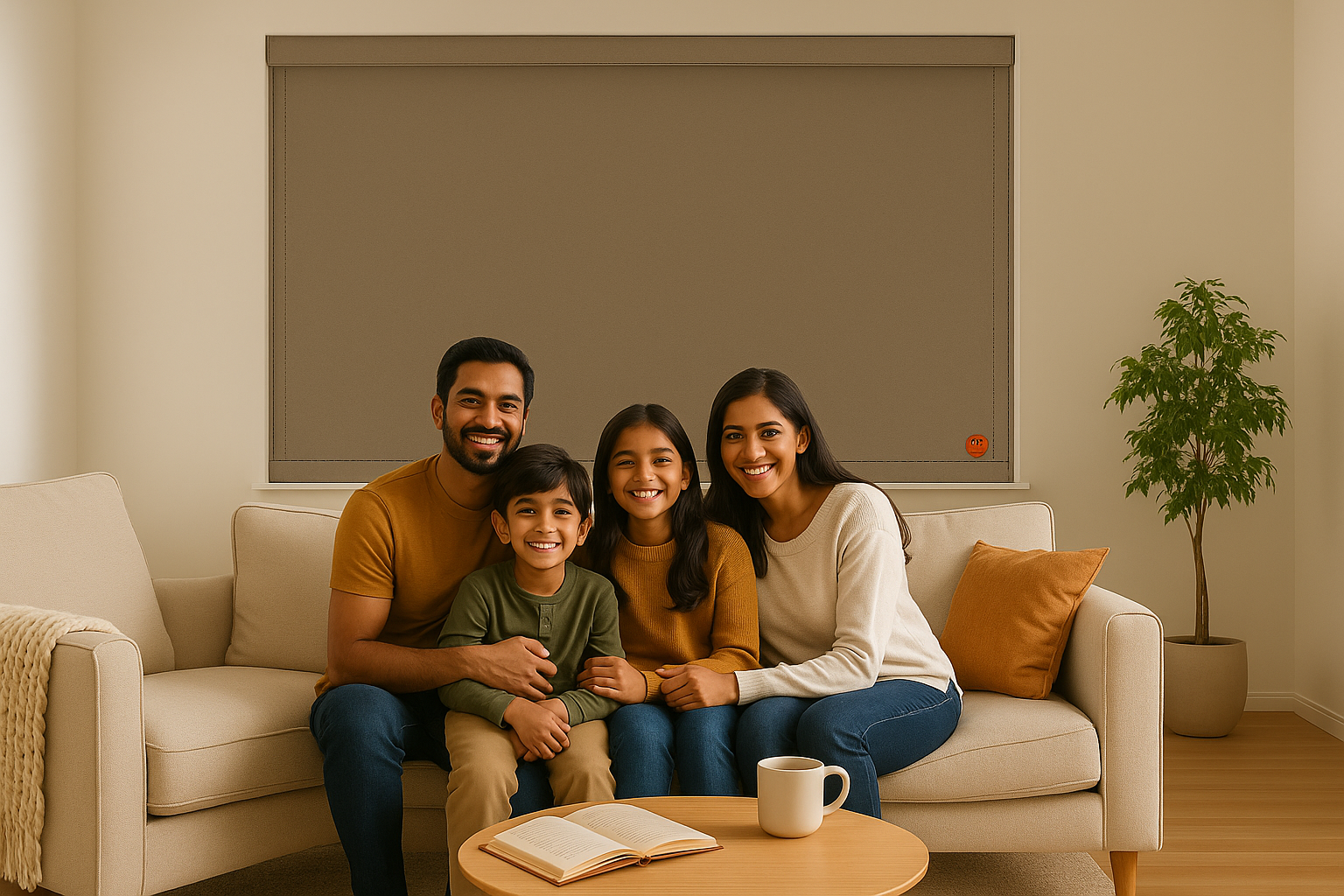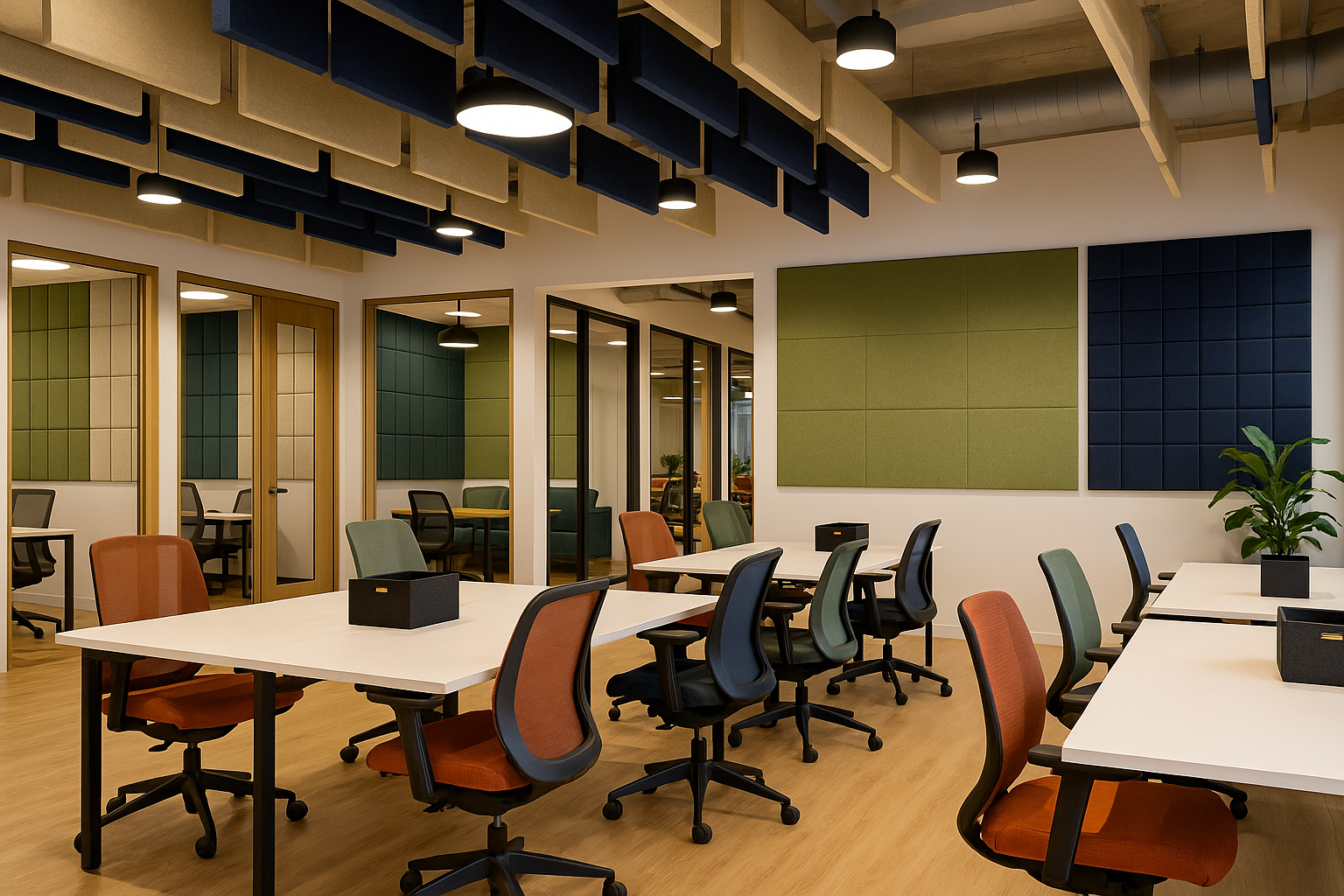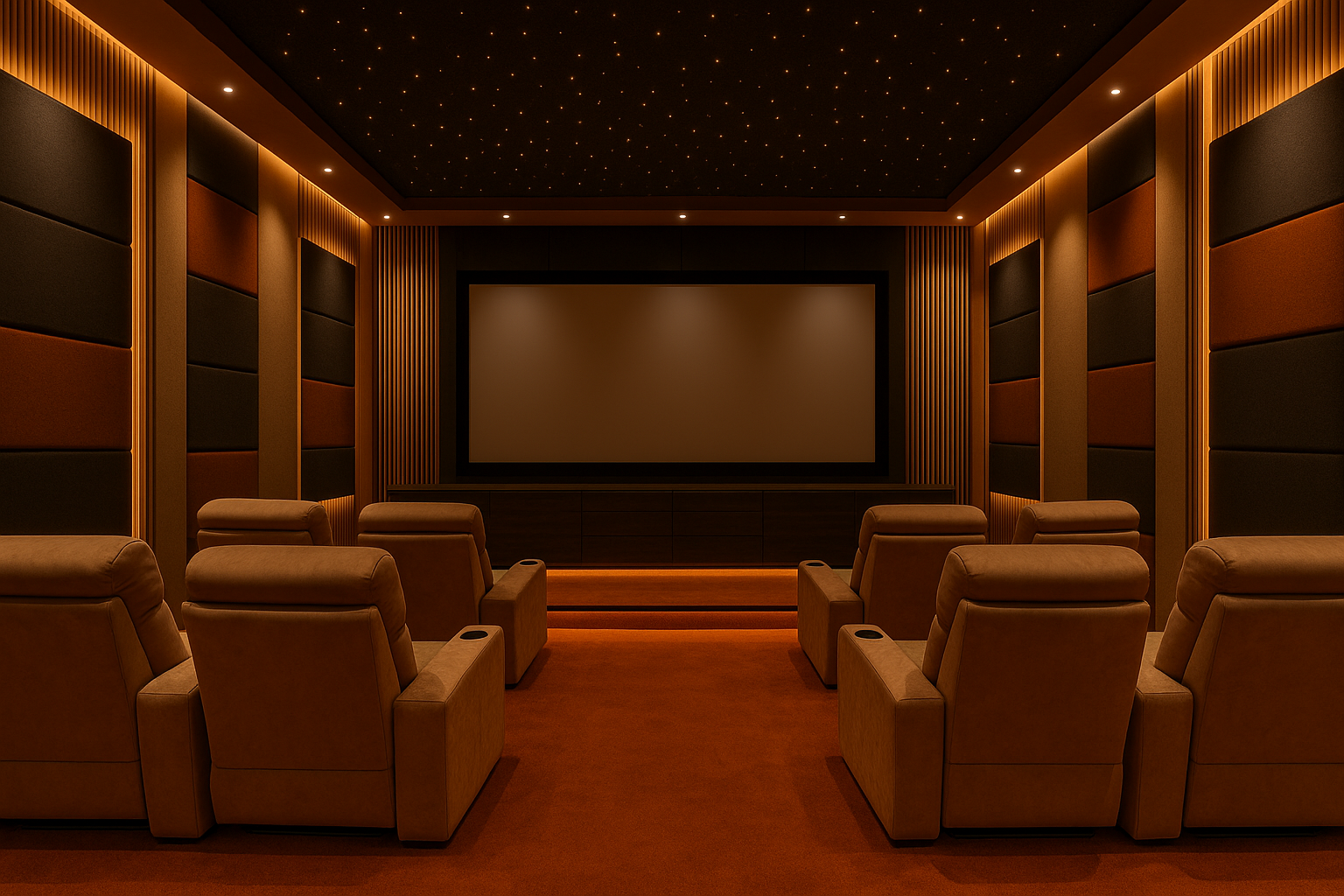TITTLE: HOW TO SOUNDPRROOF A CEILING ?
Certainly! Let’s dive into quality details about soundproofing a ceiling. Whether you’re dealing with noisy neighbors, street sounds, or other disturbances, effective soundproofing can significantly improve your living space. Here are some essential methods and principles:
1. Types of Noise:
Before we explore the techniques, it’s crucial to understand the types of noise that affect your ceiling:
-
Impact Noise: This occurs when someone drops objects, walks heavily, or engages in activities that create vibrations. Impact noise directly contacts the floor and travels through the floor structure.
-
Airborne Noise: Airborne noise, such as conversations, music, or traffic sounds, travels through the air via sound waves. It’s harder to control but equally important to address.
2. Elements of Soundproofing:
To effectively soundproof your ceiling, consider these fundamental elements:
-
Decoupling: Decoupling involves separating or disengaging one surface from another. By breaking the direct path for sound transmission, you reduce noise transfer. Techniques like resilient channels and floating joists achieve decoupling.
-
Absorption: Use materials that absorb sound waves. These materials convert sound energy into heat. Insulation, acoustic panels, and soft materials contribute to absorption.
-
Mass: Adding mass increases the barrier for sound. Double-layer drywall, mass-loaded vinyl (MLV), and heavy materials enhance mass.
-
Damping: Damping compounds, like Green Glue, reduce vibrations by converting sound energy into heat. Apply them between layers of drywall.
3. Effective Methods for Soundproofing Ceilings:
a. Single Layer Drywall:
- Add an extra layer of drywall to your existing ceiling.
- The additional mass helps block sound waves.
b. Double Layer Drywall:
- Similar to single layer, but with two layers of drywall.
- Provides even better sound insulation.
c. Damping Compound:
- Apply damping compound (e.g., Green Glue) between drywall layers.
- Converts sound energy into heat, reducing noise transmission.
d. Hat Channels and Resilient Soundproof Clips:
- Create a gap between existing ceiling and new drywall layer.
- Minimizes direct contact and improves soundproofing.
e. Floating Joists:
- Install resilient channels or floating joists.
- Decouples the ceiling from the floor above, preventing vibrations.
f. Soundproofing the Floor Above:
- Address noise at the source by soundproofing the floor above.
- Use rugs, carpets, or underlayment to reduce impact noise.
g. Adding Underlayment to the Floor Above:
- If direct soundproofing isn’t feasible, add underlayment beneath flooring material.
- Helps absorb impact noise.
Remember to choose the method that aligns with your specific situation and budget. Whether you’re aiming for a peaceful home office or a quiet bedroom, these techniques will make a noticeable difference. 🎧🔇
Certainly! Let’s delve into the details of Boxer Acoustic Foam:

-
Product Overview:
- Boxer Acoustic Foam is designed to enhance sound quality and reduce unwanted noise in various spaces.
- It serves as a major sound absorber due to its flat surfaces and beveled edges, making it suitable for ceilings and walls.
-
Specifications:
- Thickness: Available in 1.5 inches for optimal results.
- Material: Made from high-density Acoustic Polyurethane.
- Certifications: NRC (Noise Reduction Coefficient) > 1.00 and STC (Sound Transmission Class) > 34 dB, certified by ARAI (Automotive Research Association of India).
- Function: Converts sound energy into heat, effectively reducing sound transmission.
-
Installation Guide:
- Apply MMT Acoustix® Spray Adhesive on the flat side of the panel.
- Align the sheet or tile where you need to apply it.
- Press it using your hands; it dries and sticks immediately.
-
Product Variants:
- Panel Size: 6 feet (length) x 3 feet (breadth).
-
Tile Sizes:
- 3 feet x 3 feet
- 2 feet x 2 feet
- 1 foot x 1 foot
-
Why Choose Boxer Acoustic Foam?
- Preferred by amateurs, veterans, and professionals globally.
- Provides exceptional acoustic performance.
- Offers a sober front design with beveled edges.
- Suitable for both aesthetics and functionality.
Whether you’re setting up a home theater, recording studio, or office space, Boxer Acoustic Foam can add a touch of luxury while improving sound quality.

Certainly! Let’s explore the details of the three layers of soundproofing you’ve mentioned:
-
SoundBlanket MLV (Mass Loaded Vinyl) Rubber Underlay:
- Description: SoundBlanket MLV is a noise barrier membrane system made from an engineered mixture of 5 types of rubbers and resins.
-
Function:
- Sound Absorption and Diffusion: It excels in both sound absorption and diffusion.
- Sound Isolation: It is the most effective sound-blocking or isolating product in the market.
-
Specifications:
- Thickness: 5mm (slimmest noise barrier).
- Density: 2100 kg/m³.
- STC (Sound Transmission Class): Up to 32.
-
Applications:
- Used in new construction and to correct noise problems in existing spaces such as auditoriums, hotels, offices, cineplexes, and residential homes.
-
Warranty & Certification:
- Certified by SGS, ARAI, and ISO for quality and customer satisfaction.
- 1-year warranty on every product1.
-
BaseBloc Low-Frequency Absorber:
- Description: BaseBloc is designed to absorb low-frequency sounds.
-
Function:
- Low-Frequency Absorption: It targets bass frequencies, reducing their impact.
-
Applications:
- Ideal for home theaters, recording studios, nightclubs, and other spaces where low-frequency noise needs control.
-
Layer Placement:
-
Acoustic Foam Panels:
- Description: These foam panels are designed for mid and high-frequency absorption.
-
Function:
- Sound Absorption: They absorb sound waves, reducing echo and reverberation.
-
Specifications:
- Available in 1-inch and 2-inch thickness.
- Suitable for walls and ceilings.
-
Applications:
- Used in home theaters, recording studios, offices, and any space where sound quality matters.
- Layer Placement:
Remember that combining these layers strategically can significantly enhance soundproofing and create a more acoustically pleasant environment.




